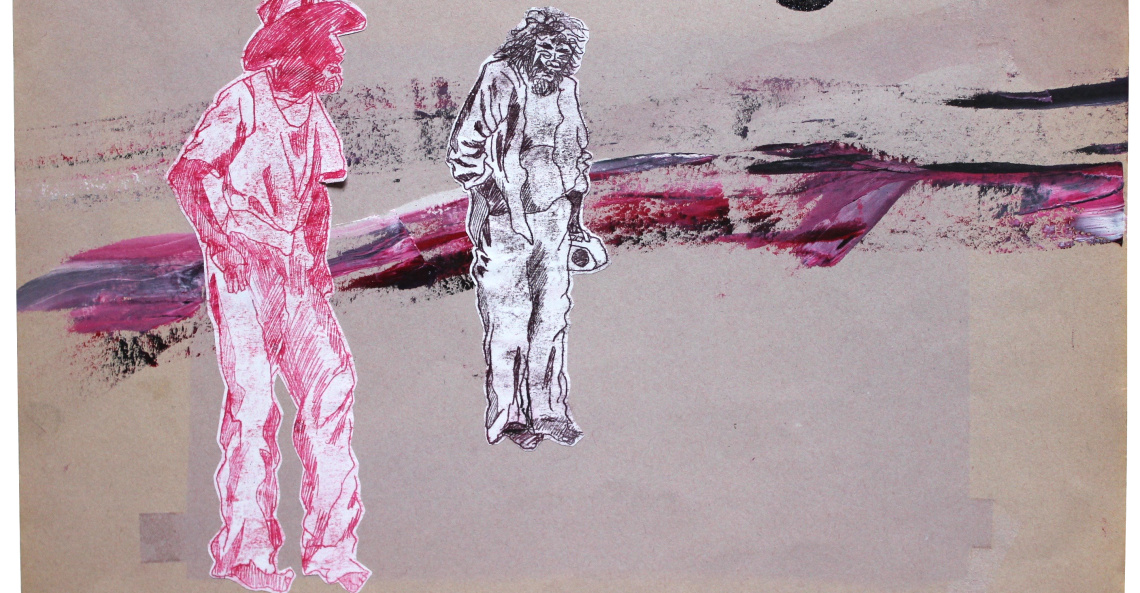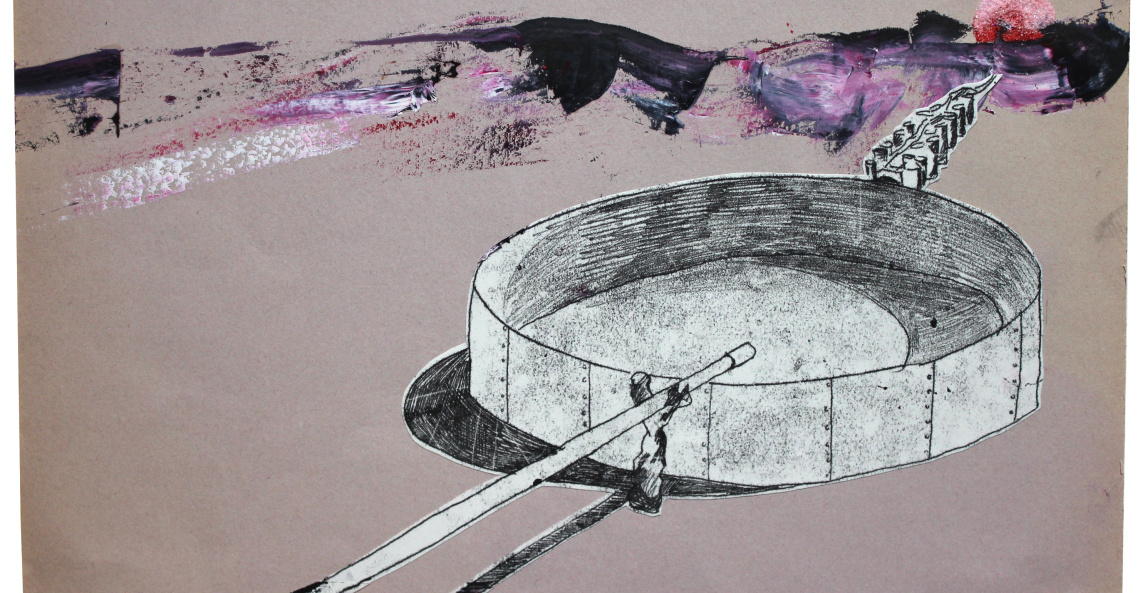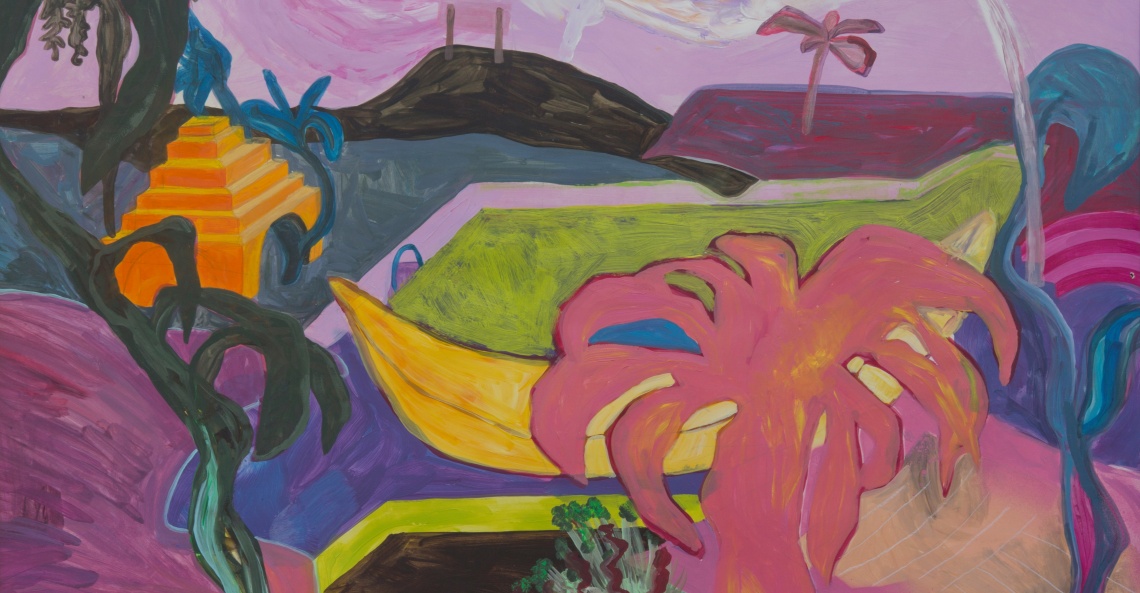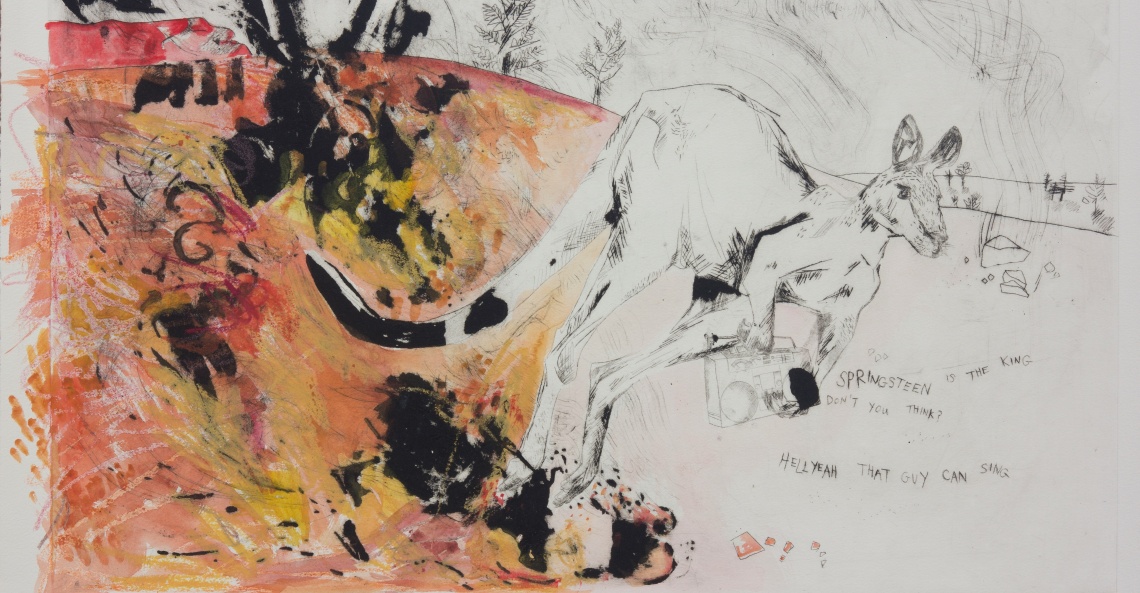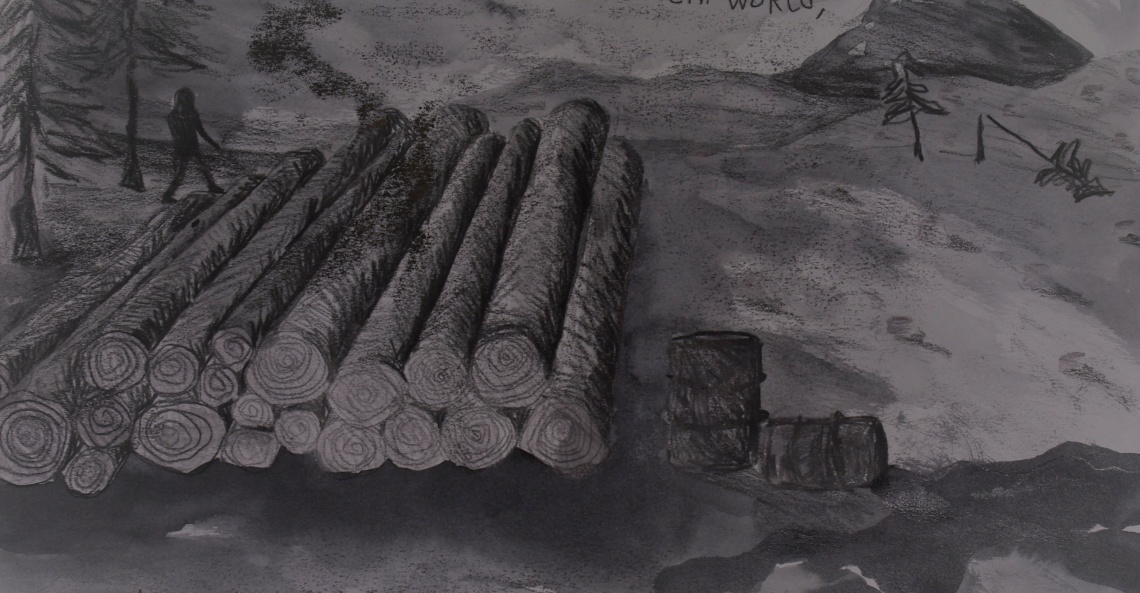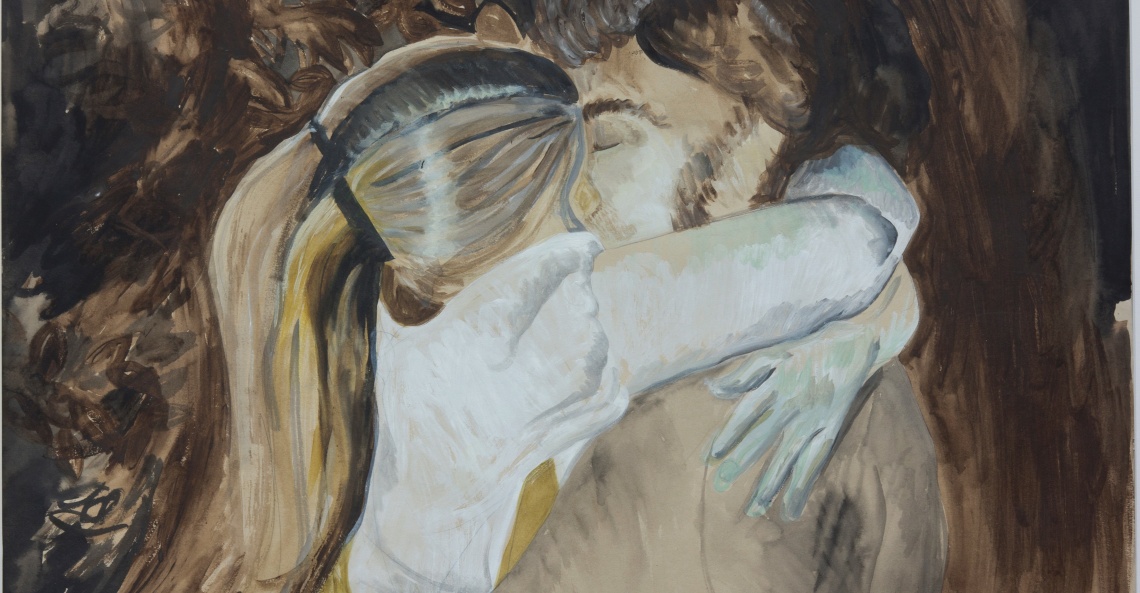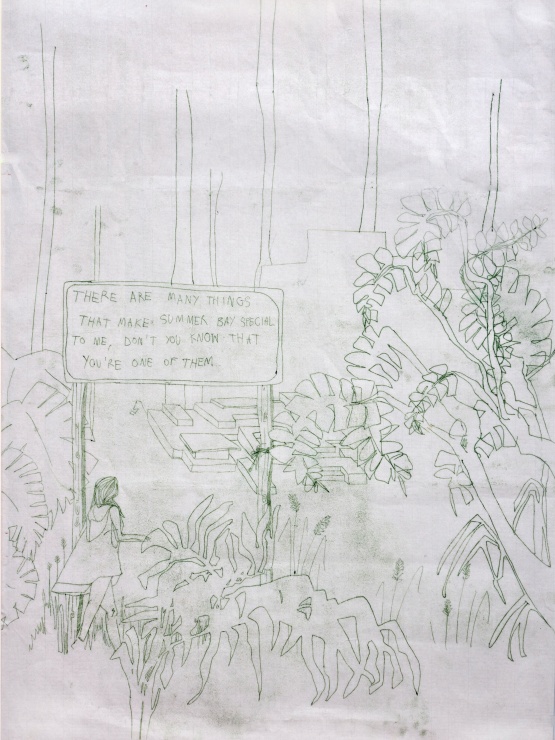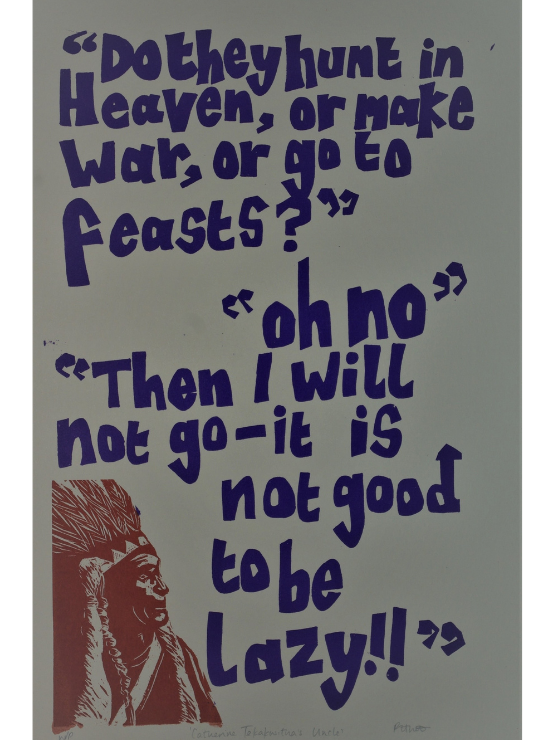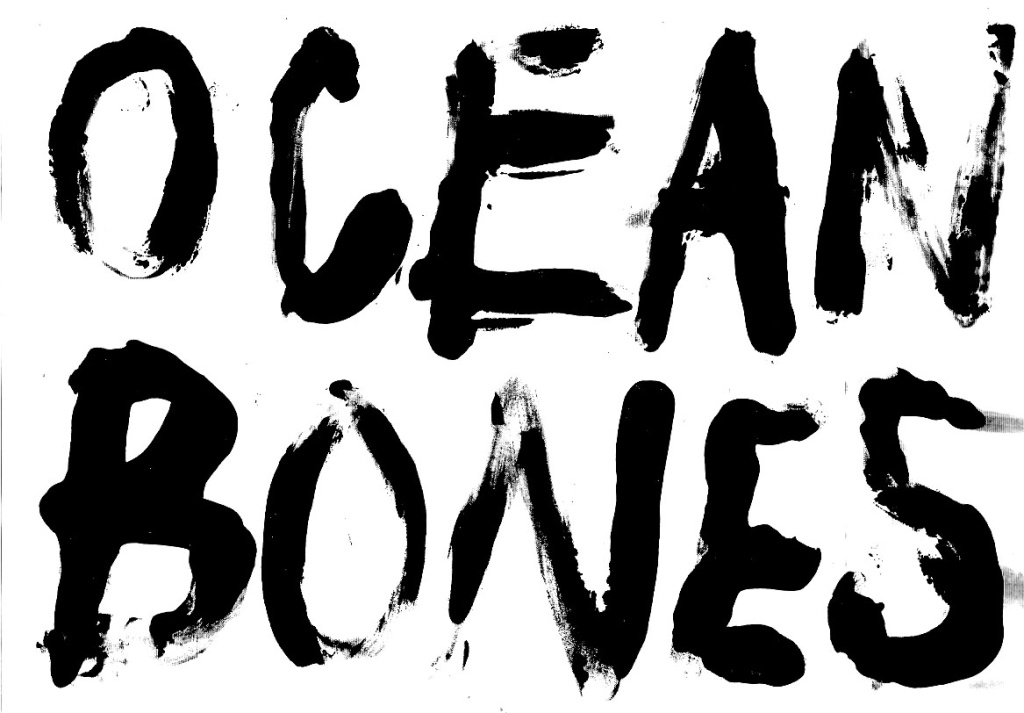Philippa Alice Clare Hunt (1990 – 2019)
Biography
Philly Hunt was a local artist who worked freelance since 2012 after graduating from London College of Communication with a degree in Graphic Design and Illustration.
She passed away unexpectedly on February 2019 but her art lives on forever. She had experience of designing and delivering arts-based workshops in libraries, youth centres and mental healthcare settings for patients. She favoured traditional printmaking and indeed developed some environmentally friendly methods, making fabric art and simply clothing, and using nature and art together. In 2016 she completed Foundational Art Psychotherapy training with the British Association of Art Therapists. She never practiced as an art therapist, but had the experience and knowledge to create safe, supportive and therapeutic art sessions and environments.
She was an empathetic, and naturally a gentle and supportive person. She hoped to offer an opportunity for relaxation and to grow self-esteem through her art workshops and activities. She was particularly interested in supporting people suffering anxiety, depression and bereavement in fun and positive arts-based activities.
As a home for her art, she created Swaglands in which she was The Lonesome Cowgirl.
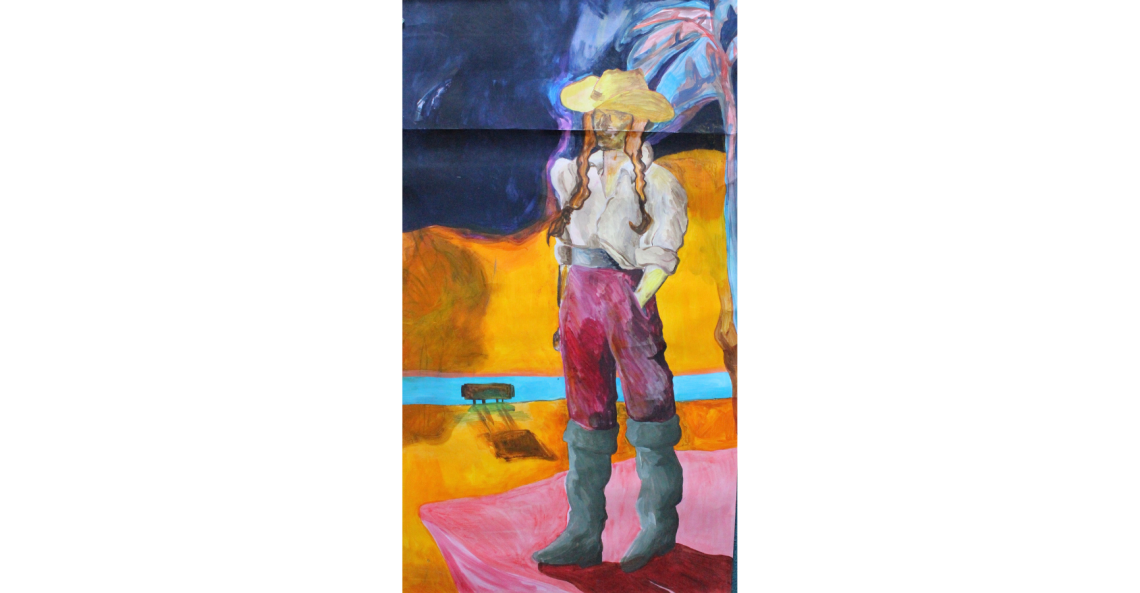
Welcome to Swaglands…
From the shelter of the imaginary haven of The Swaglands – a wild place of renegade vegetation, environmental salvation and dream pursuit – Philly’s work explores the power of the imagination to connect us to environmental awareness and to permit emotional and social well-being. Inventing scenarios and characters that exist as both an entry point for investigating environmental and social issues and as an aesthetic imaginative experience, Philly’s work constantly plays with and tests the crossover between the imagined and the real: the truly perceived and the prejudged: fact or fabrication.
Inspired most of all by the retreat found in tiny corners of subcultures, scenes and our own imagination, pop culture references and characteristics all float through Philly’s broad ranging practice. These cultural sanctuaries – presented in Philly’s work – are places we visit for safety, knowledge and community. Fandom and cult scenes, cinema, gardens, woodland pursuits and games, clothing, community groups: they take many forms, but are all arenas for imagination, creativity and communality.
In these bold references to pop and counter culture, Philly’s work can be understood as both a purely aesthetic experience, or be examined and deconstructed to reveal the cultural truths on which her narratives and characters are based.
Informed by a care for the environment, Philly’s use of second-hand ink, paper and fabrics is also rooted in a love of the aesthetic. Along with found text to direct and script, visually and linguistically, new creations, the breadth of Philly’s work encompasses paint, stitch, drills, nails, hammers, dye, drawing and print. In the reclaimed and revisioned materials, her paintings, drawings and prints hold both the memory of their making and of a recycled history, older than the objects themselves.
